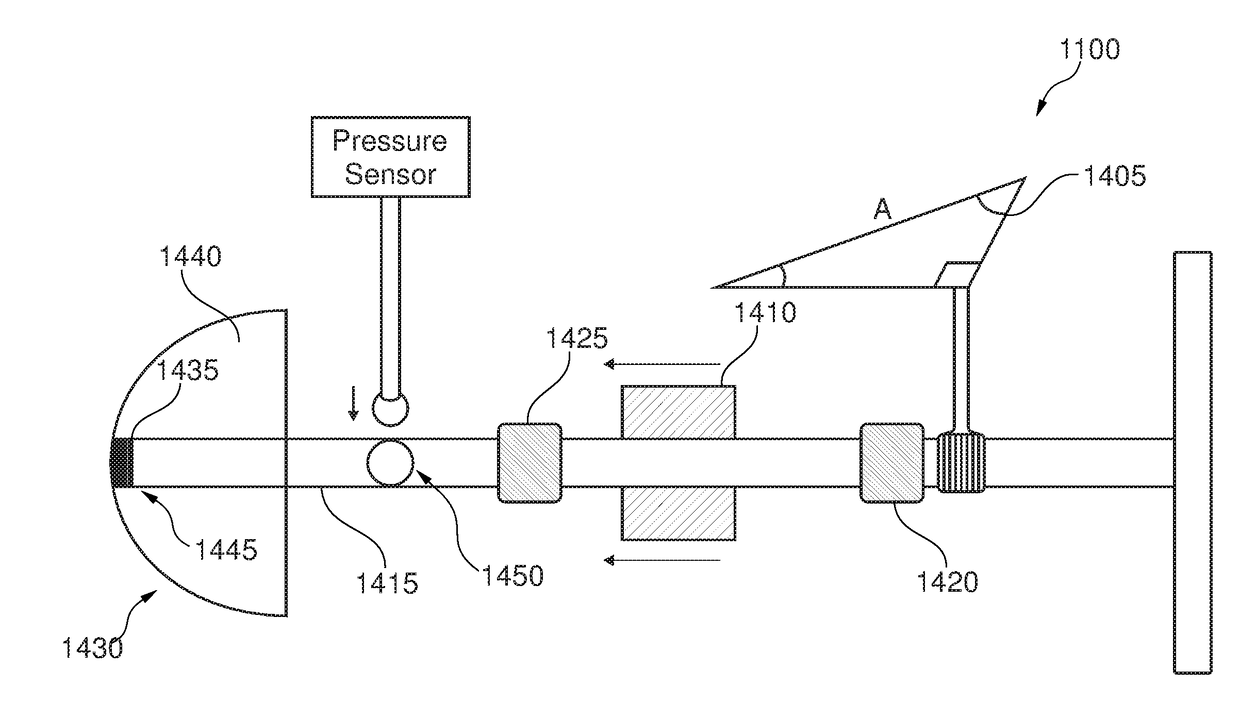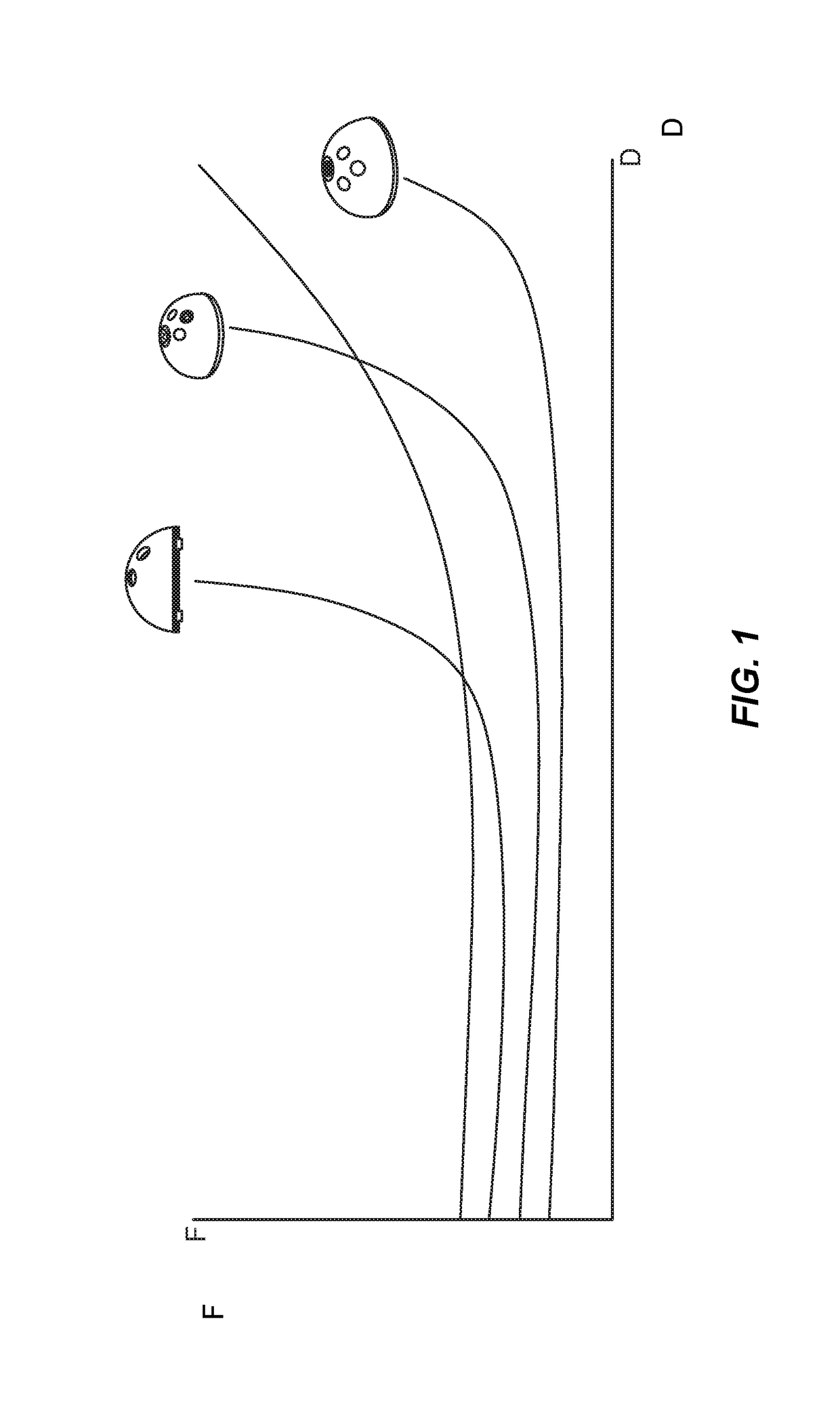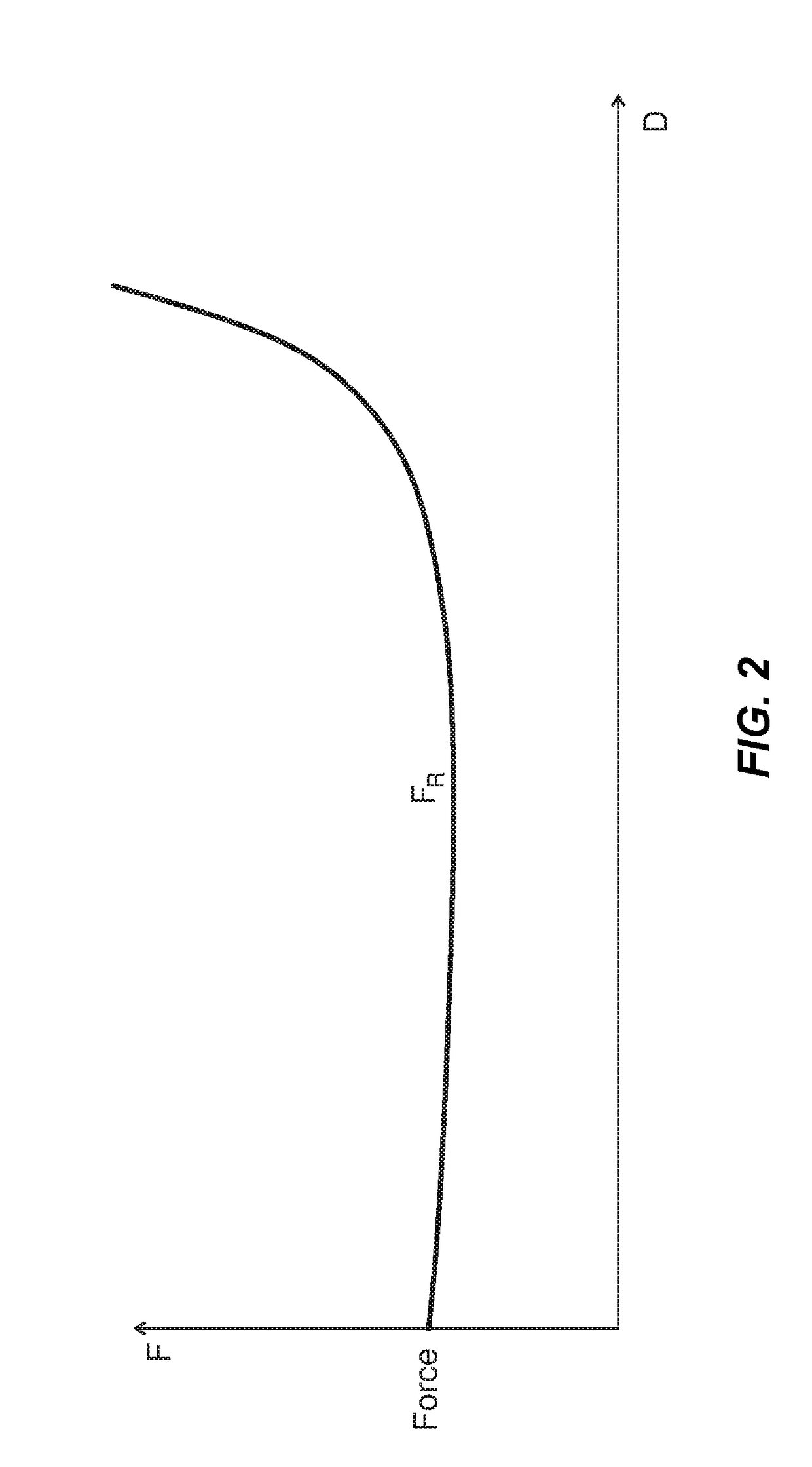Implant evaluation in prosthesis installation
a prosthesis and implant technology, applied in the field of orthopaedic surgical systems and procedures, can solve problems such as increased risks of complications, incorrect placement and positioning, and patients of surgeons
Active Publication Date: 2017-11-30
BEHZADI KAMBIZ
View PDF1 Cites 29 Cited by
- Summary
- Abstract
- Description
- Claims
- Application Information
AI Technical Summary
Benefits of technology
[0021]Disclosed is a system, method, and computer program product for allowing any surgeon, including those surgeons who perform a fewer number of a replacement procedure as compared to a more experienced surgeon who performs a greater number of procedures, to provide an improved likelihood of a favorable outcome approaching, if not exceeding, a likelihood
Problems solved by technology
Patients of surgeons who do not perform as many procedures can have increased risks of complications, particularly of complications arising from incorrect placement and positioning of the acetabular component.
The incorrect placement and positioning may arise even when the surgeon understood and intended the acetabular component to be inserted and positioned correctly.
This is true because in some techniques, the tools for actually installing the acetabular component are crude and provide an imprecise, unpredictable coarse positioning outcome.
However the resulting location and orientation of the acetabular component after the adjustment may not be, in fact, the desired location and/or orientation.
In some circumstances, quite large impacting forces are applied to the prosthesis by the mallet striking the rod; these forces make fine tuning difficult at best and there is risk of fracturing and/or shattering the acetabulum during these impacting steps.
Even though hip replacement surgery has been one of the most successful operations, it continues to be plagued with a problem of inconsistent acetabular cup placement.
Cup mal-positioning is the single greatest cause of hip instability, a major factor in polyethylene wear, osteolysis, impingement, component loosening and the need for hip revision surgery.
These incorporated patents explain that the process of cup implantation with a mallet is highly unreliable and a significant cause of this inconsistency.
The patents note two specific problems associated with the use of the mallet.
First is the fact that the surgeon is unable to consistently hit on the center point of the impaction plate, which causes undesirable torques and moment arms, leading to mal-alignm
Method used
the structure of the environmentally friendly knitted fabric provided by the present invention; figure 2 Flow chart of the yarn wrapping machine for environmentally friendly knitted fabrics and storage devices; image 3 Is the parameter map of the yarn covering machine
View moreImage
Smart Image Click on the blue labels to locate them in the text.
Smart ImageViewing Examples
Examples
Experimental program
Comparison scheme
Effect test
 Login to View More
Login to View More PUM
 Login to View More
Login to View More Abstract
A system, method, and computer program product for allowing any surgeon, including those surgeons who perform a fewer number of a replacement procedure as compared to a more experienced surgeon who performs a greater number of procedures, to provide an improved likelihood of a favorable outcome approaching, if not exceeding, a likelihood of a favorable outcome as performed by a very experienced surgeon with the replacement procedure, such as by understanding the prosthesis installation environment (e.g., cup/cavity interface) and to provide intelligent and interactive tools and methods to standardize the installation process and provide feedback regarding a quality of insertion/installation. Force sensing is included to aid in quantifying installation of an implant, particularly a cup into a pelvic bone.
Description
CROSS REFERENCE TO RELATED APPLICATIONS[0001]This application is a continuation-in-part of U.S. patent application Ser. No. 15 / 284,091 which is a continuation-in-part of U.S. patent application Ser. No. 15 / 234,782 which is a continuation-in-part of U.S. patent application Ser. No. 15 / 202,434 which claims benefit of 62 / 277,294. and claims benefit of two US Provisional Applications including U.S. Patent Application No. 62 / 353,024 and U.S. Patent Application No. 62 / 355,657 and is related to the following: a) U.S. Patent Application No. 61 / 921,528, b) U.S. Patent Application No. 61 / 980,188, c) U.S. patent application Ser. No. 14 / 584,656, d) U.S. patent application Ser. No. 14 / 585,056, and U.S. Patent Application No. 62 / 277,294, the contents of each of these applications in their entireties are hereby expressly incorporated by reference thereto for all purposes.FIELD OF THE INVENTION[0002]The present invention relates generally to orthopedic surgical systems and procedures employing a pr...
Claims
the structure of the environmentally friendly knitted fabric provided by the present invention; figure 2 Flow chart of the yarn wrapping machine for environmentally friendly knitted fabrics and storage devices; image 3 Is the parameter map of the yarn covering machine
Login to View More Application Information
Patent Timeline
 Login to View More
Login to View More IPC IPC(8): A61F2/46A61F2/34
CPCA61F2/4657A61F2/34A61F2002/4681A61F2002/4666A61F2/4609A61B7/023A61B2090/064A61F2002/4632A61F2002/4694A61F2002/30565A61F2002/469A61B7/006A61F2/468
Inventor BEHZADI, KAMBIZ
Owner BEHZADI KAMBIZ
Features
- R&D
- Intellectual Property
- Life Sciences
- Materials
- Tech Scout
Why Patsnap Eureka
- Unparalleled Data Quality
- Higher Quality Content
- 60% Fewer Hallucinations
Social media
Patsnap Eureka Blog
Learn More Browse by: Latest US Patents, China's latest patents, Technical Efficacy Thesaurus, Application Domain, Technology Topic, Popular Technical Reports.
© 2025 PatSnap. All rights reserved.Legal|Privacy policy|Modern Slavery Act Transparency Statement|Sitemap|About US| Contact US: help@patsnap.com



